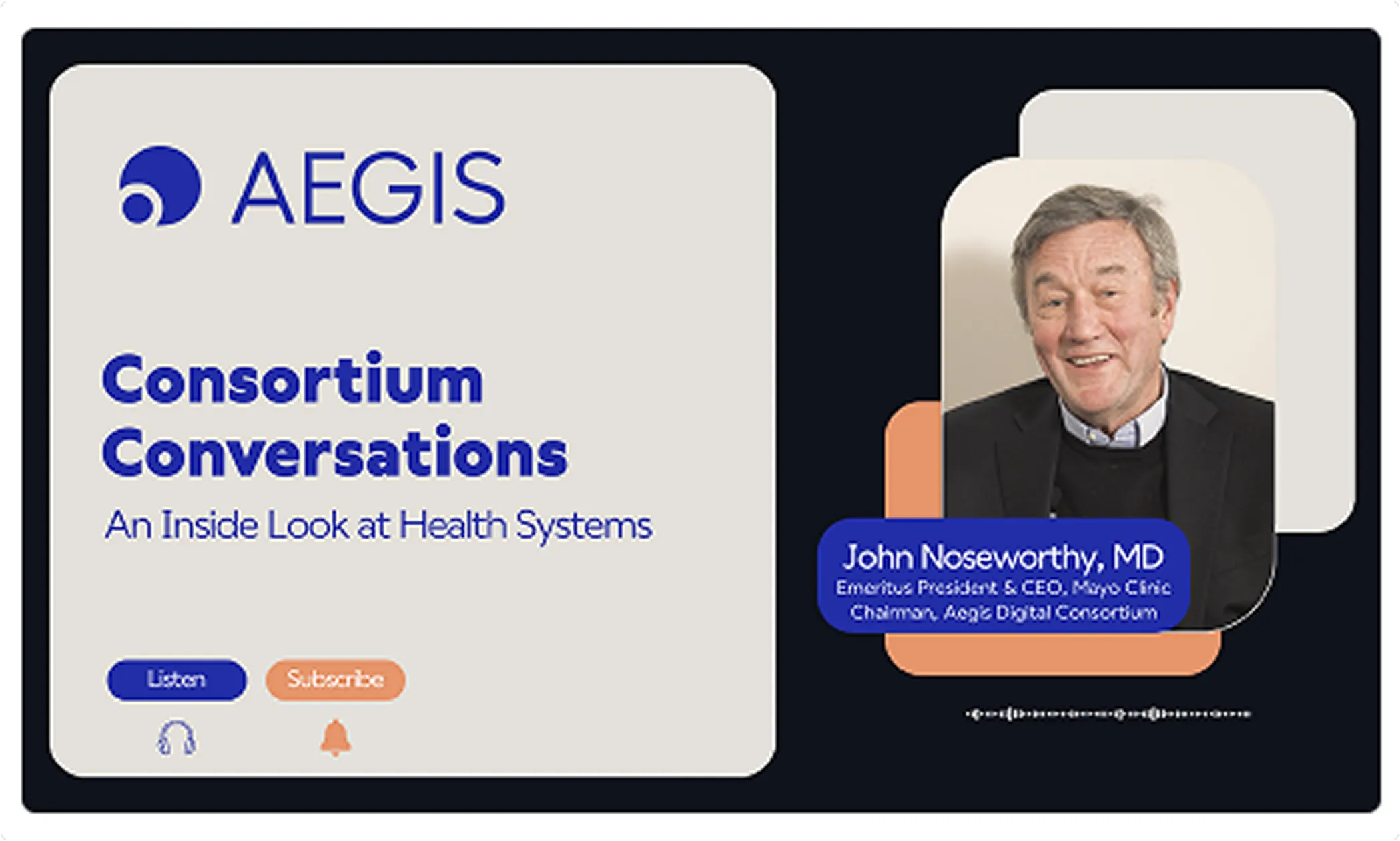The eyes are amazing organs.
When we look inside of an eye we can see unique biomarkers that inform us of our overall systemic health. That is why we believe the field of oculomics is the future of healthcare. Cardiovascular disease, neurological, renal, and metabolic conditions all have biomarkers that are visible in the eye that can be used to screen and diagnose the risk or presence of illness much faster than, and without the invasiveness of traditional approaches.
Oculomics, which uses imaging technology to see the retinal fingerprints of systemic disease present in the eyes, represent the potential for breakthroughs in early detection, risk assessment, tracking disease progression and therapeutic decisions. From a clinical perspective, that’s revolutionary.
Because oculomics is user-friendly and eliminates the operational complexity of physically-invasive medicine, it can make care more accessible, easier and affordable. From a patient perspective, that’s transformative. It’s what Optain has been developing and providing in Australia and Europe since its origins in 2019, and what we are now bringing to the United States.
Oculomics is not new, but the technology that will enable it to change healthcare is. Scottish ophthalmologist Marcus Gunn showed in 1898 how retinal arteriosclerosis was a sign of essential hypertension. It was a brilliant connection and began the clinical study of what we now call oculomics. In 2024, advances in AI, big data and imaging technology are moving oculomics forward at light speed, making the retinal biomarkers accurate and reliable for clinical applications.
Using the Optain camera, a provider takes retinal images that are immediately analyzed by Optain’s AI algorithms to produce a diagnostic report about a number of health conditions. The entire process, from scanning your eyes to producing a personalized report with diagnosis and AI-predictive analytics, takes 90 seconds.

What I’ve described here is the entirety of the provider and patient interaction to determine the risk or presence of disease, and the diagnostic confidence to make clinical referrals and treatment recommendations. What normally can take weeks – from procedure preparation and execution to studying and reporting the findings – is being determined in the 15 seconds before a patient’s doctor walks into the room and explains the results while they’re taking the patient’s blood pressure. For conditions that can take months of appointments, stress tests and lab findings, it’s clear what this means for the delivery of care. The barriers to early detection and assessment – time, logistics, patient anxiety of invasive procedures and the cost associated with multiple visits and lab studies – fall away.
Technology like ours is making care more accessible and affordable, and its portability will make it scalable.
Optain’s product is the result of more than a decade of research led by Professor Mingguang He, M.D., Ph.D, of the University of Melbourne and Polytechnic University Hong Kong. He is one of the most referenced AI ophthalmologists in the world since 2018 (H-index of 83), and he’s directing a team of clinicians, scientists and engineers to build Optain’s medical device and software products.
The success we’ve shown with providers and patients in Australia and Europe has generated interest from entities in the U.S. like Northwell Health, who we work in partnership with. As we progress through the U.S. regulatory process for FDA clearance, we’ll look forward to rolling out Optain’s products to health systems and practices across the country. Implementation for cardiovascular disease is of particular interest. As the number one cause of death in the U.S., with the greatest cost impact on the healthcare system, retinal early detection and intervention can correct what has been historically elusive. With Optain, clinicians will be able to look at a patient’s eye, assess how that translates to risk for stroke or cardiac event and recommend medications and other therapies to mitigate risk. It may be that up to 90% of cardiovascular events are avoidable with the benefit of early screening and intervention.
This is where healthcare is going. Optain will be making announcements in the coming months that put our technology at the forefront. Keep an eye on us.




